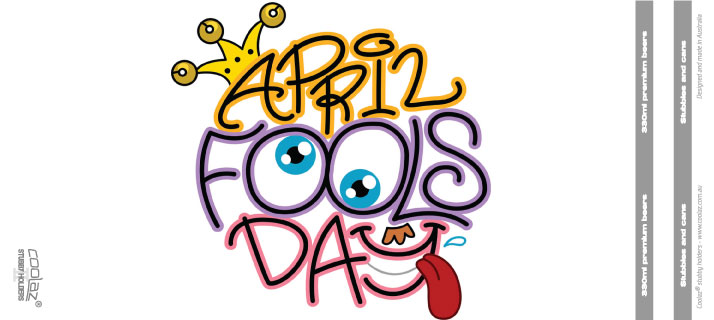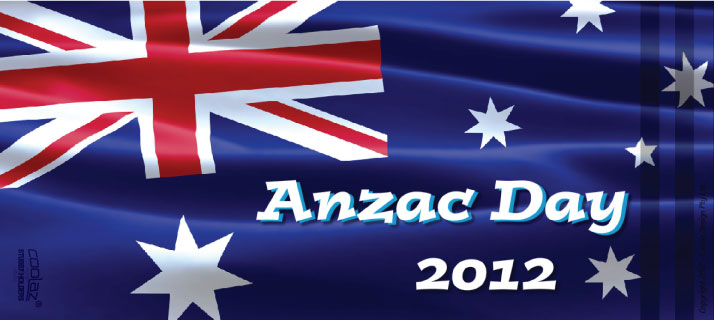What has April 2012 got in store for us...
1st April Fool’s Day
April Fools Day, sometimes called All Fools Day, is a day of mixed and
unknown origin. Yet, most of the western world knows this is a day set
aside for good hearted pranks, hoaxes, gags, and giggles!
6th-9th April - Easter
According to the gospel, Jesus rose from the dead on the third day
after his crucifixion. His resurrection is celebrated on Easter Day or
Easter Sunday (also Resurrection Day or Resurrection Sunday). The
chronology of his death and resurrection is variously interpreted to
have occurred between AD 26 and 36.
Easter marks the end of Lent, a
forty-day period of fasting, prayer, and penance. The last week of the
Lent is called Holy Week, and it contains Good Friday, commemorating the
crucifixion and death of Jesus. Easter is followed by a fifty-day
period called Eastertide or the Easter Season, ending with Pentecost
Sunday.
Easter has other links beside those for the Christian
religion. It was a pagan festival celebrating the beginning of spring
with the Goddess known as Eastre having a rabbit as her symbol, hence
the Easter Bunny. The Easter Rabbit did not become a commonly used
symbol, however, until the 19th century. Similarly, the sharing of eggs
was a common practice during spring celebrations, though they may not
have been quite as colourful or made of chocolate. More information on
the history and traditions of Easter is found below.
25th April - Anzac Day
The ANZAC tradition - was established on 25 April, 1915 when the
Australian and New Zealand Army Corps landed on the Gallipoli Peninsula.
It was the start of a campaign that lasted eight months and resulted in
some 25,000 Australian casualties, including 8,700 who were killed or
died of wounds or disease. The men who served on the Gallipoli Peninsula
created a legend, adding the word ‘ANZAC’ to our vocabulary and
creating the notion of the ANZAC spirit.
In
1916, the first anniversary of the landing was observed in Australia,
New Zealand and England and by troops in Egypt. That year, 25 April was
officially named ‘ANZAC Day’ by the Acting Prime Minister, George
Pearce. By the 1920s, ANZAC Day ceremonies were held throughout
Australia. All States had designated ANZAC Day as a public holiday. In
the 1940s, Second World War veterans joined parades around the country.
Have a great month!



No comments:
Post a Comment